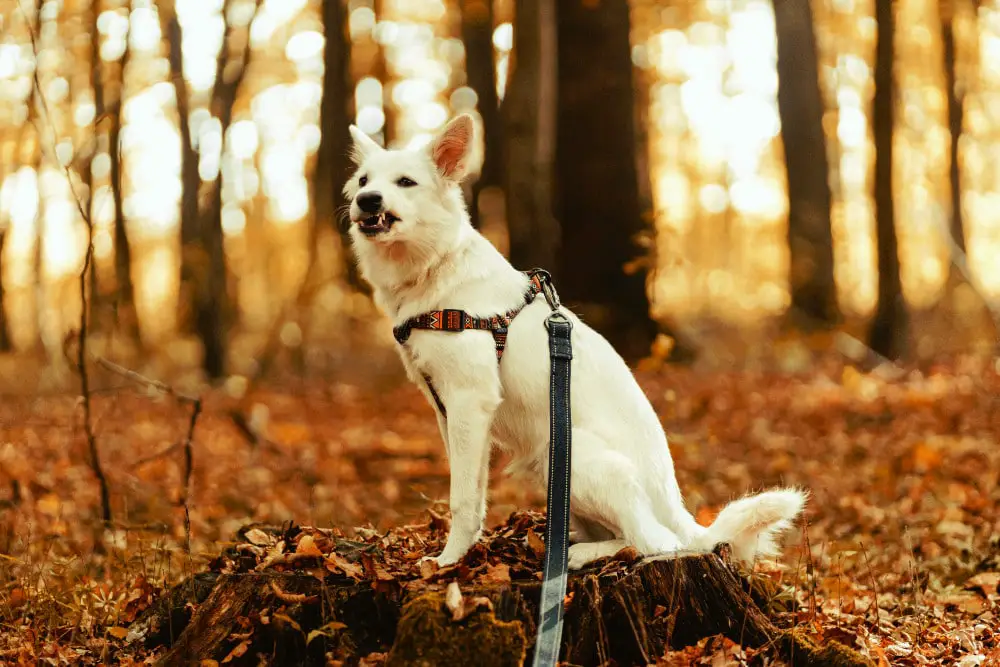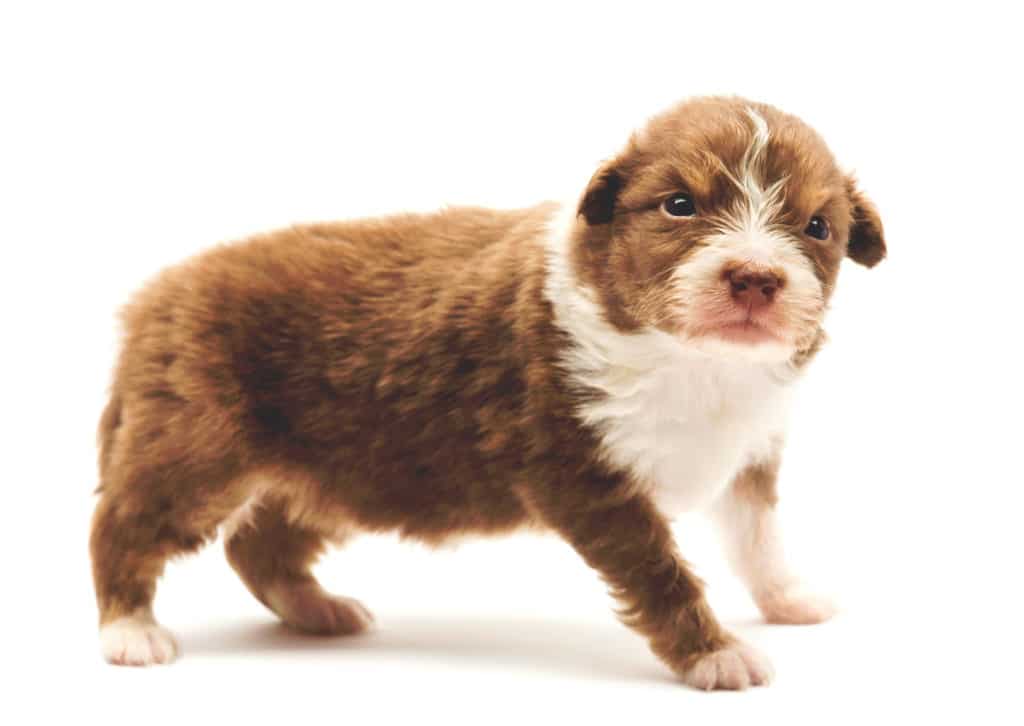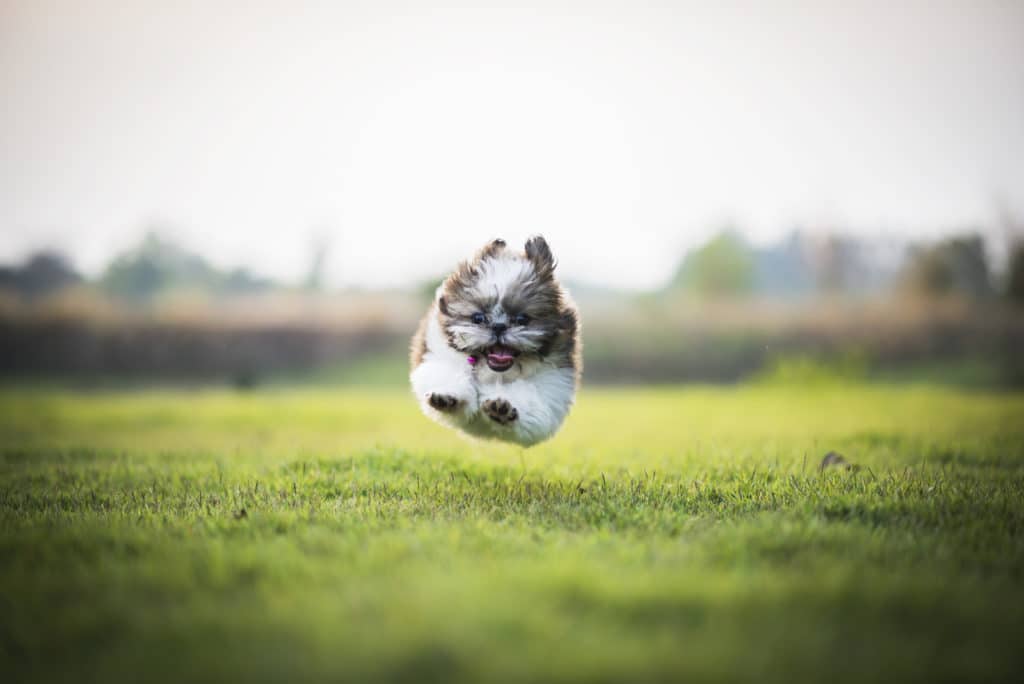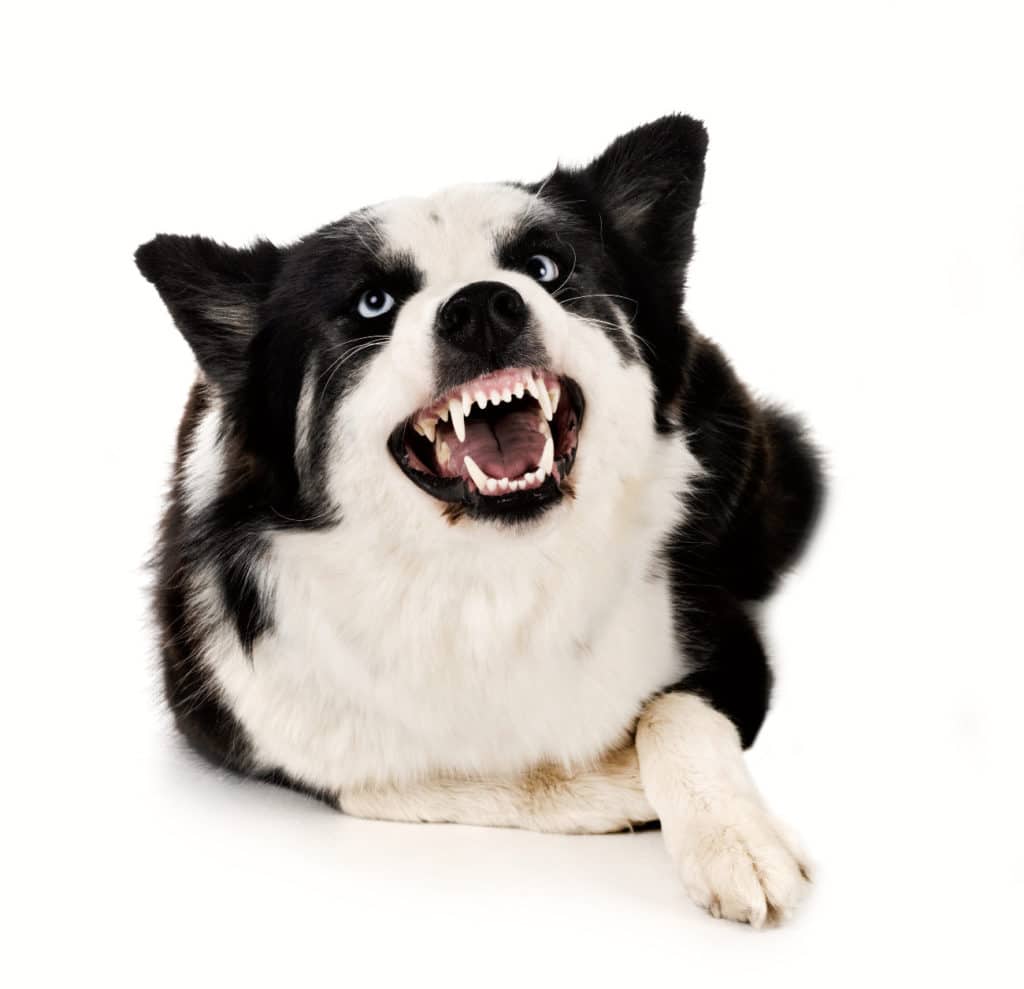Everyone loves puppies. They are cheerful, and they’d bring a smile to our faces. No one can resist a cute-looking puppy. We like to pet them, play with them, hold them and even adopt them. All this is because everything they do is cute. But sometimes, there would be a hidden meaning in those pretty things.
When a puppy growl or tries to bite, most of us would ignore it since it’s so cute and it doesn’t hurt when they bite. But you have to pay attention to detail since that behavior can lead up to severe problems. So, if you have an angry puppy, you have first to identify that, and then you have to address it correctly. This is how you can do it.
Table of Contents
How can you identify an Angry Puppy?
When you want to recognize an angry pup, you have to look for these signs.
- A deep tone growl (deep than usual growl) – Puppy may growl deeper than usual. If this happens continuously, then that can be because the pup is feeling anger.
- Fixed staring gaze – Usually, puppies look everywhere because they are excited. But if the puppy is staring at you fixated, that means the pup is trying to tell you something most probably out of anger.
- Having a stiff posture – Puppies usually has relaxed postures since they constantly move and play around. But if your pup is showing a fixated stance, then that means your pup is trying to tell you something. Most probably, the pup is feeling angry at the moment.
- Lip Curling – if the pup curls their lips for an extended amount of time, then the puppy is angry. But if the pup does that for a couple of seconds, then that’s fine since lip curling is a common reaction for any dog and even puppies.
- Ears pinned back – If your pup’s ears are pinned back for an extended period, then that’s an indication that the puppy is angry.
- Standing Rigidly – If the pup is standing firmly for more than a couple of seconds, then that’s a reaction to being angry.
If you can observe the above responses on your pup, then that puppy is puppy. If a puppy is less than 12 weeks old but reacts to fear or pain by growling, that is considered abnormal behavior since puppies don’t do that when they feel pain or fear. Also, puppies would be attacked if pups react aggressively to correction by an adult dog if that pup is in a dog pack. So, if a puppy shows the above reactions toward another dog or towards people, it’s not normal brain development. The younger the puppy that shows the above behaviors would be most likely bite or injure others in the future.

Normal Puppy Behaviors
These are normal behaviors. If you see these behaviors on your pup, then that pup is ok.
- May Bow – Lower their head towards you and raise their hind end.
- Wag their tail – Puppies would wag their tails when they see you out of excitement.
- Dart back and forth – Would dart back and forth playfully because they want to get your attention and play with you.
- Present their front and side – Puppies would present their front and side for you so you could pet them.
- Bark and growl in a high pitch – Every dog barks and growl since that’s how they communicate. Puppies bark and growl at a high pitch when they feel normal.
- Spontaneously attack people or other objects – Puppies do this out of excitement since they are playful. This behavior is not due to aggression.
You can watch this video to get a better idea of how and angry puppy would act.
How to make an Angry Puppy Calm
If your puppy is showing the above behaviors, then that’s normal. But, if your puppy is showing aggressive behavior, as mentioned, then you have to take action. But don’t punish your dog ever. Studies have shown that 80% of owners use punishing methods on their pups when this kind of behavior occurs. But that can make it even worse. The best way to address this method is reward-based training and techniques. Unfortunately, bad training will create only bad dogs. Many doggo owners spend so much time and work on correcting behaviors using punishment and other ineffective methods, and they can’t seem to make any progress. So, if you have an angry puppy, you can fix that with these simple techniques.
- Speak up, then Step out
If your puppy bites you too hard, then yell “oww” loudly and then walk away. Don’t punish your pup. Stop playing with it after you step out. So they will get a withdrawal from playing with you if your pup plays too rough. This will give the pup the idea that playing rough is wrong, and it will affect the pup.
- Interrupt Problem Behaviors
Instead of punishing, you can startle the pup a bit. You can use a water gun, a loud clap, or a sudden “aah” or “eeeeeh” sound to make your pup startle. You can be a bit creative and shake a can with pennies, or you can use a gavel to surprise them. This startling would stop the pup from continuing that bad behavior. Then you will get about a 2 or 3 second window to make your puppy do something else. But keep in mind that you can’t startle your pup too much. Too many loud noises can hurt their eardrums and can even frighten them. Instead, use a simple startling to get their mind off of doing the bad behavior.

- Distract from Bad Behavior.
Use a toy that your pup likes to distract them when they are doing something terrible. For example, if your puppy gets excited and bite you too hard, use the toy to redirect their attention to that toy. Do this instead of punishing your puppy.
You have to keep in mind that your pup only knows what you teach them. So it’s crucial that you teach them the right thing because that will affect what your pup grows up to be. When you play with your pup, think of it as a matured dog and try to judge their actions as if they are acceptable or not. If they start to growl a lot or try to bite a hand off from a toy, or try to play rough with your kid, then walk away. When you do that a couple of times, your pup will realize that it’s their bad behavior that causes you to leave so they will stop doing that because they want you. Not out of fear for you.
Your house environment also can affect your pup’s behavior. Studies have shown that if loud fights go around the house that can cause panic attacks, anxiety and depression to your pup. There are some breeds that are especially affected by that and that can lead to aggressive behaviors.
If you want to learn more about dog panic attacks and after effects of them on your dog, you can read this article on Can dogs have a Panic Attacks.

Reasons for a Puppy to get Angry
There are more reasons a pup can show aggressive behaviors.
- Boredom or Lack of Exercise
If a pup is bored or don’t get the required daily exercise, then that can cause aggressive behaviors in your puppy. So, if your pup is showing aggressive signs, then try to understand if your pup is bored or think if they get enough exercises.
- Lack of Attention
Dogs require a lot of attention. When it comes to puppies, that attention grows even more. So if you have a puppy at home and they show aggressive behaviors, then that can be caused by lack of attention. Breeds like Siberian Husky, Border Collie, Jack Russell Terrier, English Bulldog, Cocker Spaniel, Labrador, Beagle require more attention than other breeds. So if you have a pup from a breed like that, then they would require more attention. So if they don’t get that attention that can lead to aggressive behaviors on your pup.
- Heat and Humidity
Sometimes, climate can also affect your pup’s behavior. Breeds like Pugs, Boston Terriers, Shih Tzus, English Bulldogs, French Bulldogs are very sensitive to heat. So if you have a puppy from a breed like that, then you have to control the heat inside the house since that can cause aggressive behaviors.
- Lack of sleep
Just like humans, dogs and puppies can get cranky if they don’t get enough sleep. Puppies require about 18 to 20 hours of sleep a day. If your pup doesn’t get that amount of sleep on a daily basis, then your puppy would probably have aggressive behaviors. If that’s the case, then make a proper sleeping schedule for your pup.
- Pain or Illness
Pups can have aggressive behaviors if they are in pain or having an illness. Look for signs for any illnesses or pain causing events. If you find any, seek medical attention from a vet.
- Hunger
If your pup don’t get enough food, then that can cause aggressive behaviors. Make sure that you give your pup the necessary amount of calories since that also affects their health and growing rate also.
FAQ
- What Can I do for a Hyper Puppy?
If your puppy is hyperactive, then you can do these things to calm them down.
- Wear your dog out
- Encourage calm behavior
- Don’t encourage excitement
- Scents like lavender and vanilla can help calm your pup down
- Calm yourself because if you get excited, then that can cause your pup to get more excited
- At what age do Puppies start to calm down?
Most doggos starts to calm down by the age of six to nine months. For dogs, between one and two years is the age they reach full maturity. All that uncontrollable puppy energy should wear out by that time. But if your puppy is an angry puppy like mentioned above, then that behavior can grow more by this age if you haven’t addressed them properly.



Pingback: What are Puppy Growth Spurts and their importance?